jadin
The Mad Hatter
- Joined
- Feb 18, 2004
- Messages
- 1,753
- Reaction score
- 10
- Location
- Down the Rabbit Hole.
- Website
- jadinhanson.smugmug.com
Your photos always have stunning colors, what gear do you use to shoot with? Do you have any tips to get the most colors out of my camera? Any editing tips?


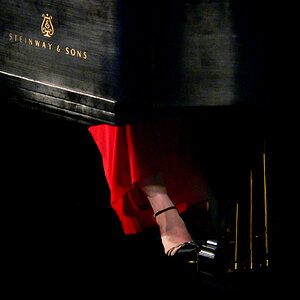
![[No title]](/data/xfmg/thumbnail/34/34134-d2249816e46b705693bfc543c9b1f481.jpg?1619736306)
![[No title]](/data/xfmg/thumbnail/37/37618-4cd08d553e4ce30fd49570b1ba8259f2.jpg?1619738152)
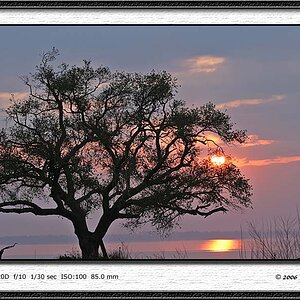
![[No title]](/data/xfmg/thumbnail/34/34131-26fa915af5e4adb9d0f123c4c8b7cae4.jpg?1619736302)
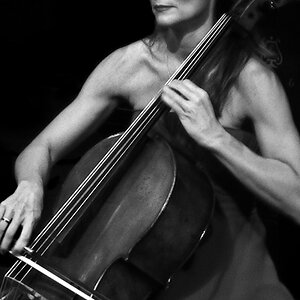
![[No title]](/data/xfmg/thumbnail/37/37615-78a9bdab877c191919a156f901325ee1.jpg?1619738151)
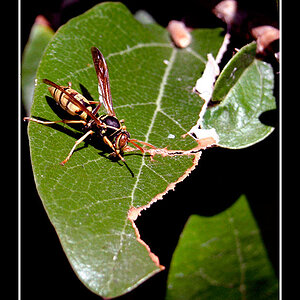
![[No title]](/data/xfmg/thumbnail/37/37604-7ad625e983f92f880eb65a264eeef5e4.jpg?1619738148)
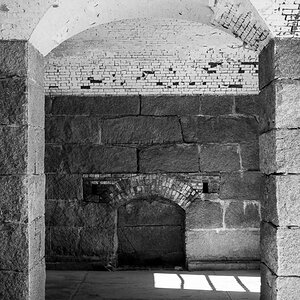
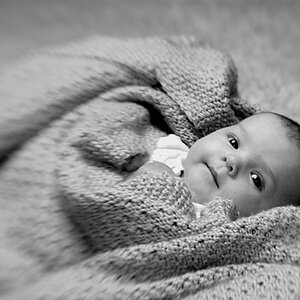
![[No title]](/data/xfmg/thumbnail/34/34130-336ba02cc837fdcc84b79f822e841df2.jpg?1619736301)